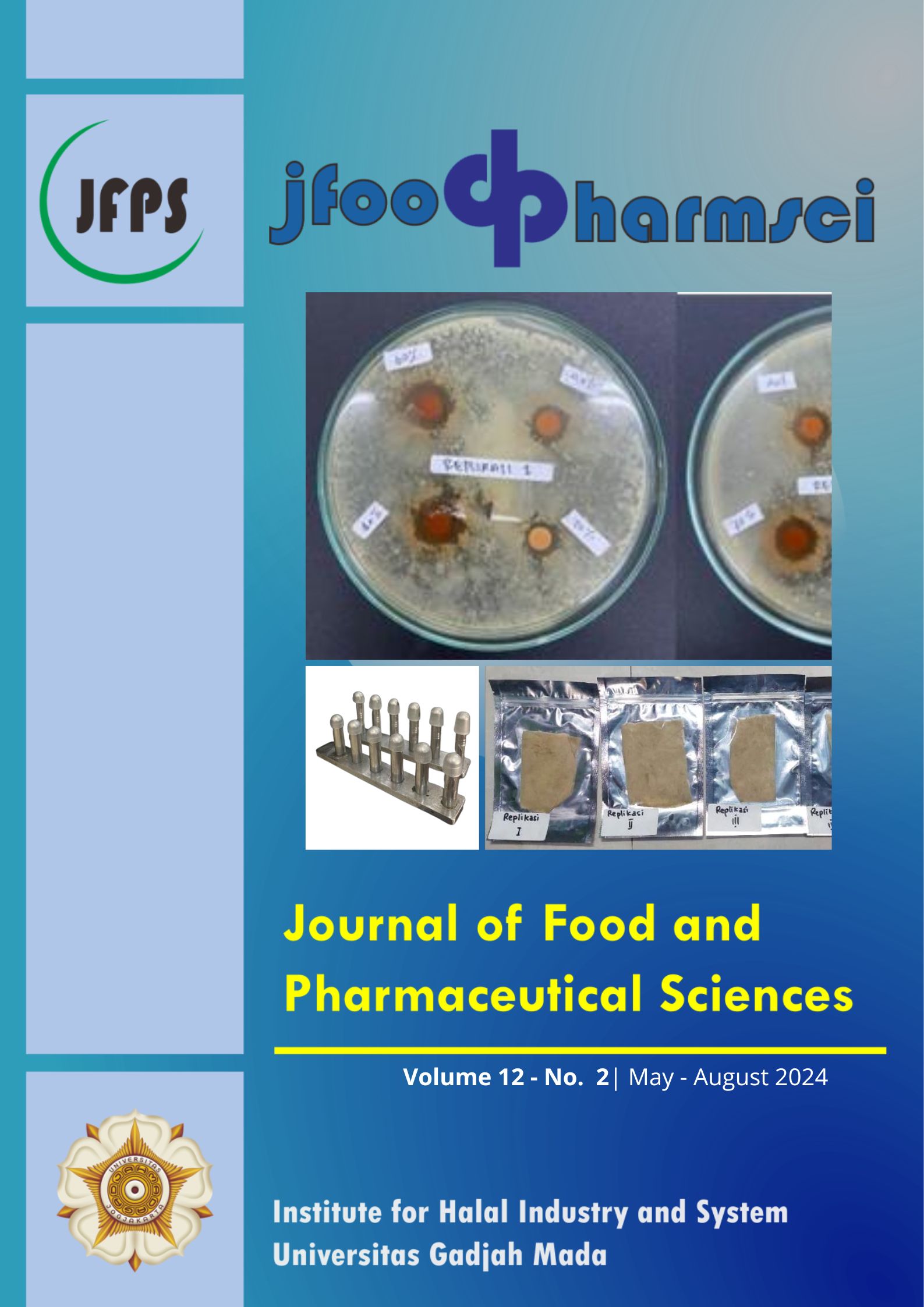Profiling Rosmarinic Acid and Sinensetin Content of Orthosiphon aristatus. from Three Different Locations with Variety Ethanol Concentration
Abstract
Orthosiphon aristatus is a well-known medicinal plant acknowledged for its therapeutic effect in treating urinary tract diseases, hypertension, diabetes mellitus, and arthritis. It is widely used as an ingredient in herbal medicine and distributed throughout the world, including China, Europe and Indonesia. Sinensetin are normally used as chemical marker to evaluate and control the quality of O. aristatus. However, in 2021, the European Medicines Agency changed the marker to rosmarinic acid. In order to determine the levels of rosmarinic acid and sinensetin in O. aristatus as well as the correlation between the two compounds, this study used high-performance liquid chromatography (HPLC) with a UV detector to analyze O. aristatus extract from three distinct locations with four different ethanol concentrations (96%, 75%, 50%, and 25%). Results showed that higher levels of rosmarinic acid was obtained in extractions using binary. Meanwhile, higher sinensetin content in O. aristatus were obtained by 96% ethanol (Klaten) and hydro-ethanol (Sleman, Bantul). In addition, this study discovered that the sinensetin levels had an inverse correlation with rosmarinic acid levels. It can be concluded that the rosmarinic acid and sinensetin contents are influenced by growing locations and ethanol concentrations.
































